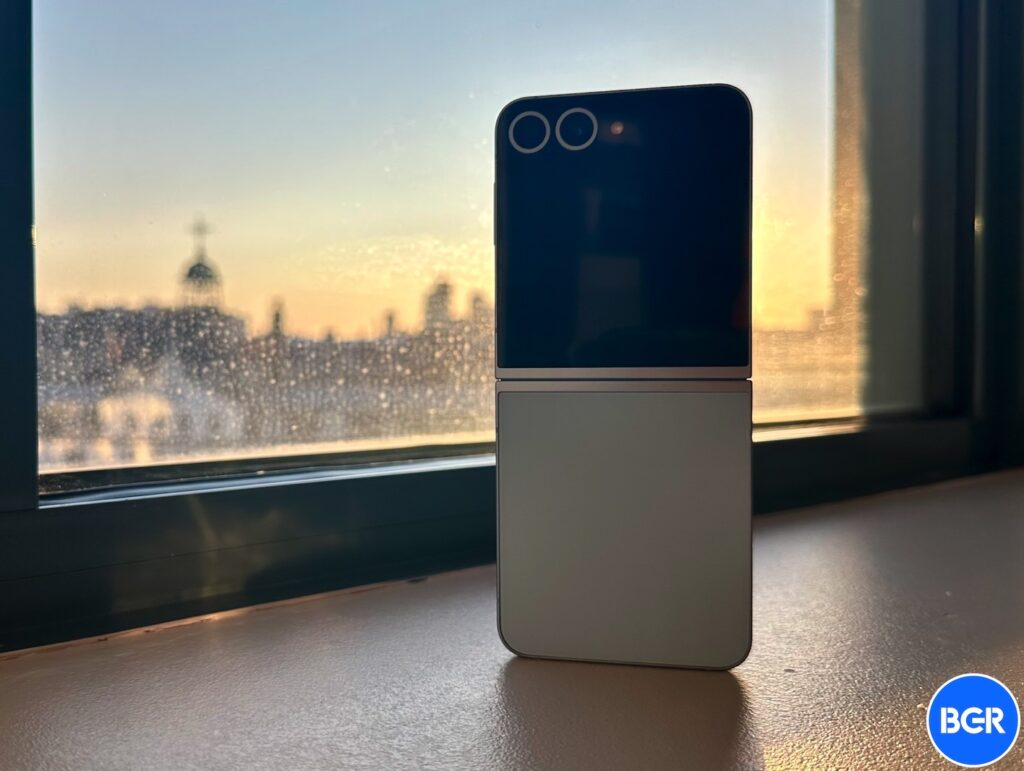There’s at least one good thing about pushing back the release of the iPhone Fold: Apple can always take advantage of the latest foldable phone technology. The Galaxy Z Flip 5 improved its display crease, and it almost vanished on the Flip 6. Where battery life is concerned, the upcoming Galaxy Z Flip 7 is expected to keep building on top of the current model’s improvements.
If Samsung applies these technologies to its foldable smartphones, it’s only natural to assume that the long-anticipated iPhone Fold will also share some of those benefits.
Display analyst Ross Young posted on X that Samsung will use CoE for the first time on the Galaxy Z Flip line, the same technology available on the latest Galaxy Z Fold devices. With that, Samsung will eliminate the use of a polarized and retardation film by adopting color-filter-on-thin-film-encapsulation. While the company is expected to keep a peak brightness of 2,600 nits, this will significantly boost efficiency, which means the phone should see big gains in the battery life department.
Since one of the downsides of foldable phones is battery life (and both Apple and Samsung want to make thinner devices), it’s important that they offer software optimization in addition to tweaks to the display technology.
Fortunately, since the iPhone Fold is expected to launch in the fall of 2026, we’ll have enough time to see the possible improvements on the Galaxy Z Flip 7 lineup, followed by its 2026 successor. So far, rumors reveal that Apple aims to use a crease-less foldable display, stainless steel-cased batteries with a combined capacity of around 5,000 mAh, and two main cameras, which will likely be on pair with the iPhone 18.
For now, we might have a glimpse of the iPhone Fold technologies with the upcoming iPhone 17 Air, which is expected to launch alongside the iPhone 17 lineup. You can learn more about this device below.

